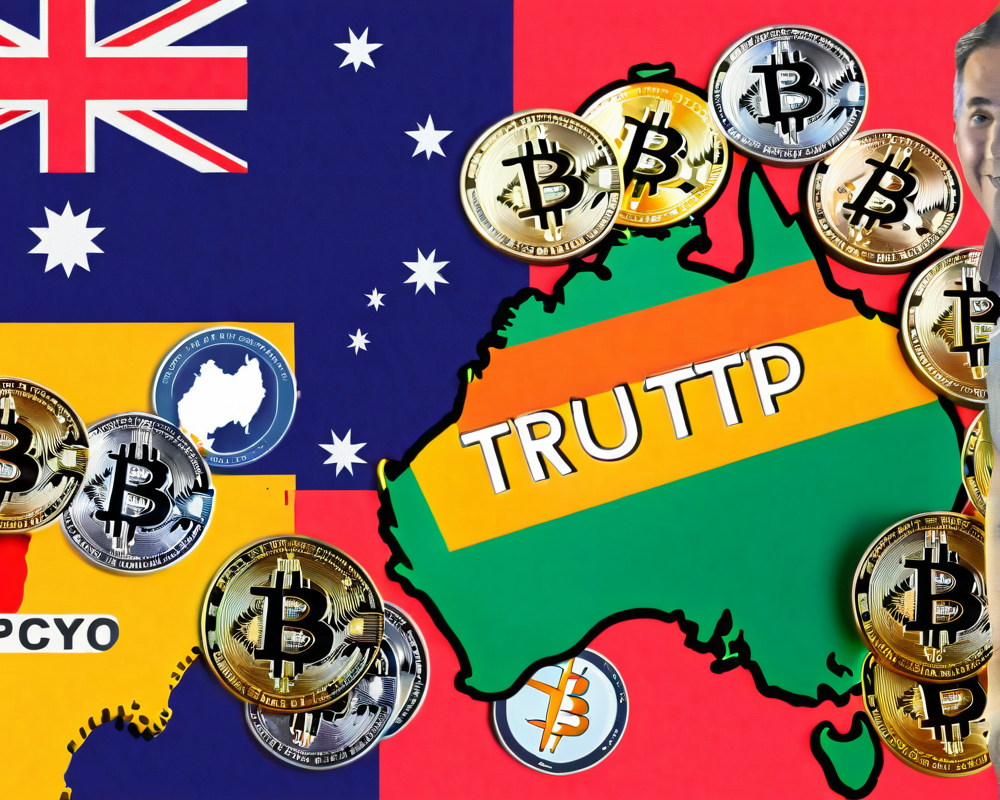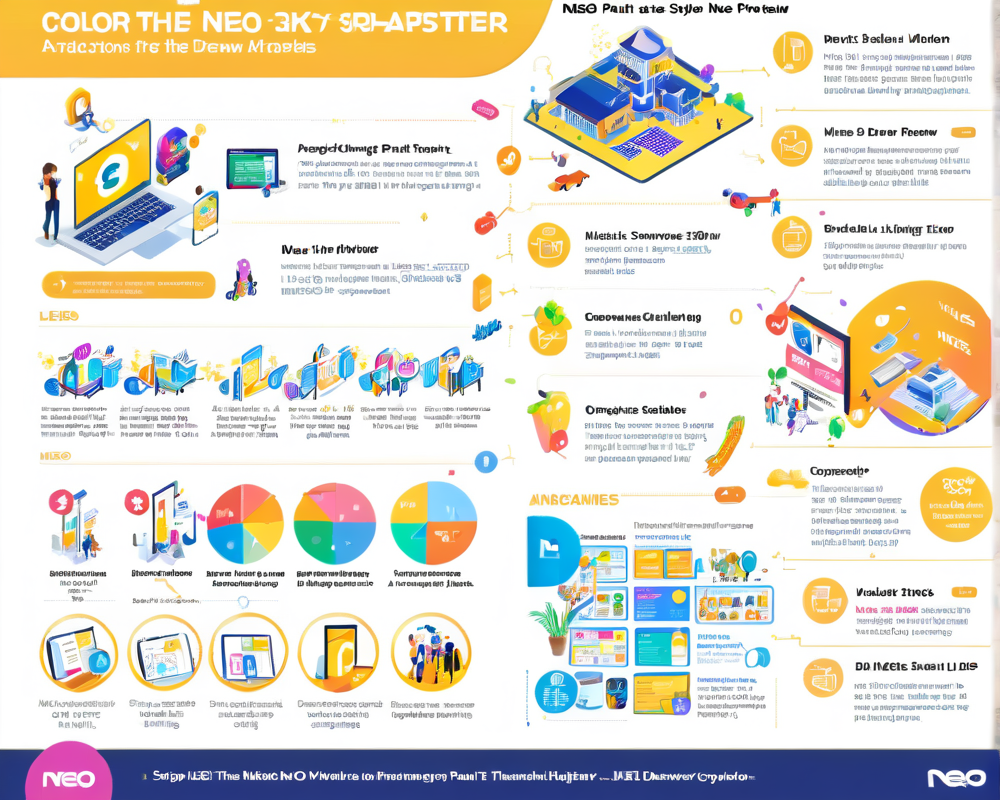Crypto Ownership: A Statistical Conundrum
When it comes to the world of cryptocurrency, statistics can sometimes feel like trying to find a needle in a haystack—if that needle were also on fire and wearing a disguise. Recently, Tony Richards, head of payments policy at the Reserve Bank of Australia, took a swing at the findings from Finder’s Crypto Report, which claimed that nearly one in five Australians owned cryptocurrency. Spoiler alert: he wasn’t buying it.
The Numbers Game: Fact or Fiction?
Finder’s survey from August asserted that 17% of Australians dabbled in crypto, with 9% holding Bitcoin, 8% Ether, and 5% Dogecoin. Richards, however, dismissed these figures as “somewhat implausible” during a recent address, sparking a debate about the reliability of online surveys.
What’s So Implausible?
Richards pointed towards critical demographics—like the elderly and those in rural areas—who might have been left out of the online survey extravaganza. Dr. Chittaranjan Andrade’s earlier work echoed similar concerns, suggesting people willing to complete surveys are often “sufficiently biased.”
Methodology: The Unsung Hero
Let’s talk methodology, the unsung hero of survey statistics. While Finder’s report claimed its sample was representative of the national demographic, critics pointed to the lack of transparency regarding how participants were selected. A short blurb at the end of a lengthy report probably isn’t enough to justify such confidence. The fine folks at Finder did mention using Qualtrics for their survey, which has its own set of quirks about sampling.
The Great Data Dilemma
In a classic case of survey discrepancy, Swyftx, another player in the crypto field, found that 25% of Australians either currently owned or had owned cryptocurrency. So how do two surveys with vastly different findings—17% versus 25%—coexist? Are they both right? Or both wrong? It all boils down to how questions were framed. While Finder asked about current ownership, Swyftx offered earlier participation as an option, showing how wording can be a sneaky statistical villain.
Trustworthy Surveys: What Are They Made Of?
As for what makes a trustworthy survey, Nicole Watson posits that online-only surveys may miss the broader picture. Survey participants who are incentivized might also skew results towards a cryptocurrency-friendly demographic. Let’s face it; if you’re getting paid in Bitcoin to chirp about Bitcoin, chances are your insights might be slightly influenced.
Certification Matters
To separate the wheat from the chaff, the Australian Polling Council suggests looking for a quality mark. This involves checking the methodology, effective sample size, and margin of error—all essentials for a credible survey that can withstand scrutiny.
Conclusion: Decoding the Crypto Rollercoaster
In the unpredictable landscape of cryptocurrency surveys, numbers can be both a friend and a foe. While reports circulate about a growing ownership trend among Australians, those figures may not tell the whole story. As the crypto market continues to evolve, so do the methods of gathering data—one dubious statistic at a time.



